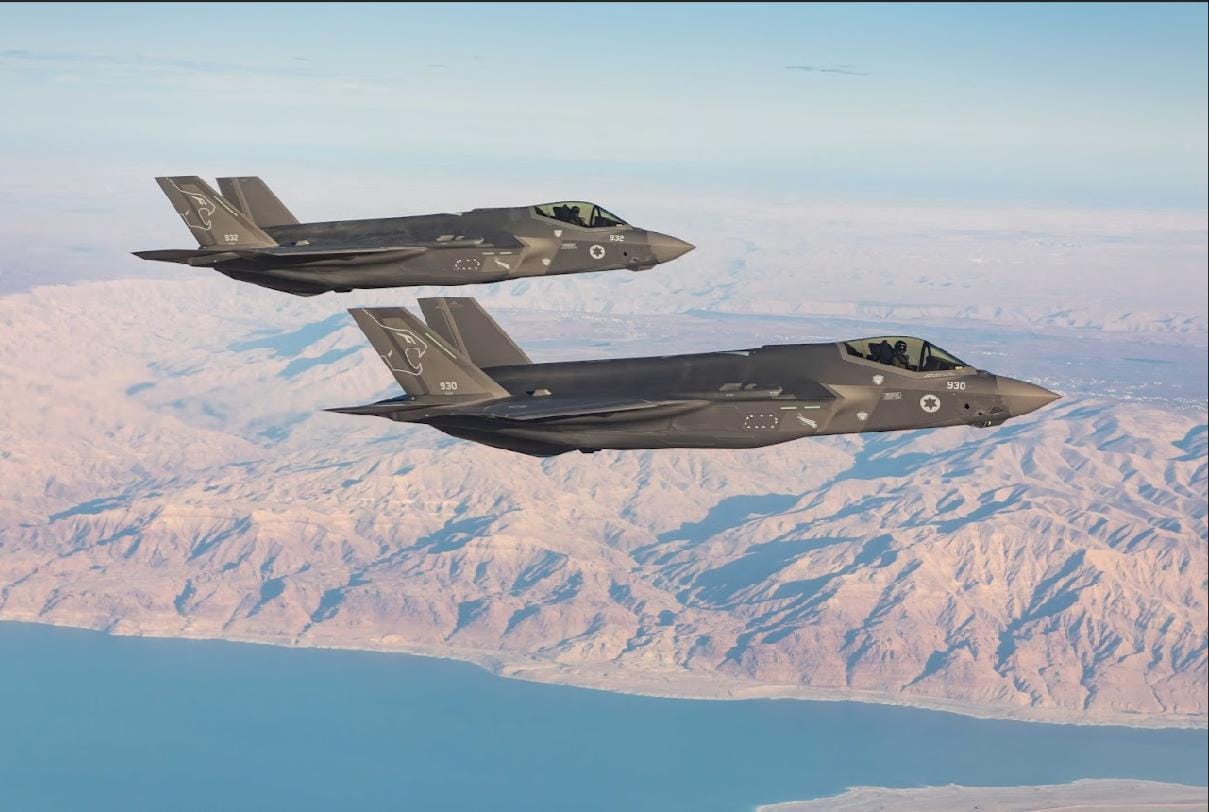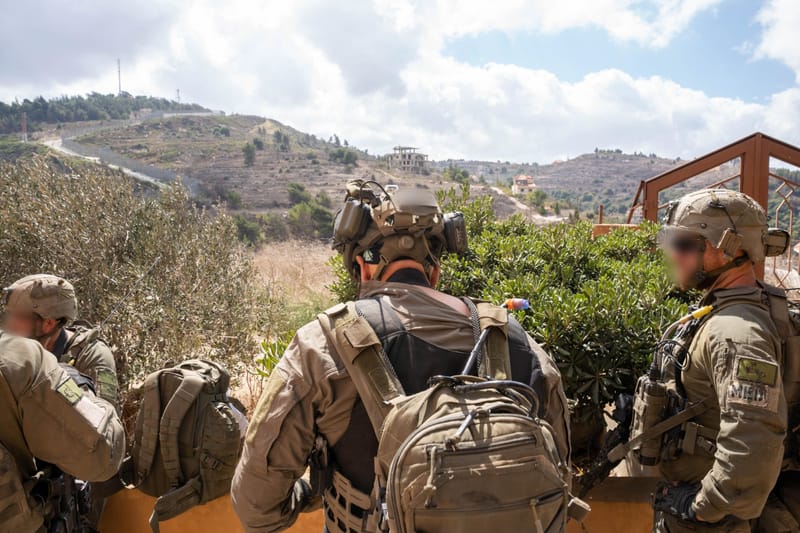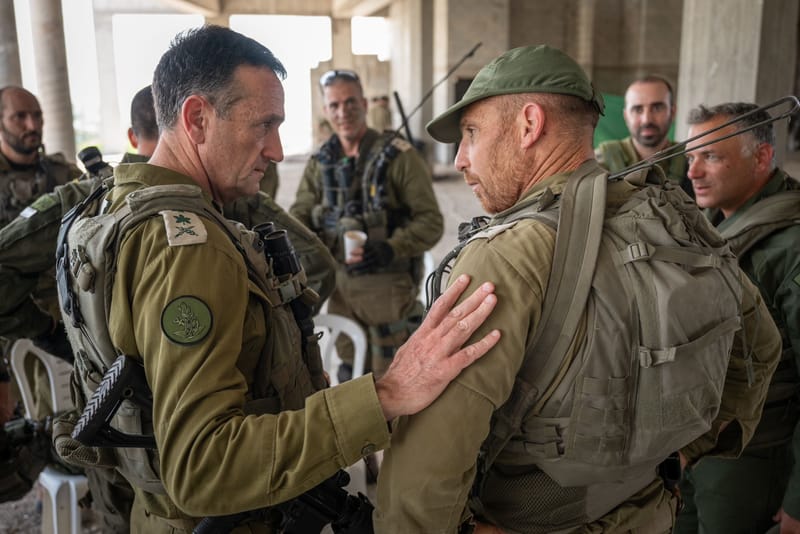The Israeli Air Force has resumed its training program, prioritizing readiness for warfare in the Northern Arena
Over the past weeks, the IAF has gradually resumed training activities, with the current year's program now officially sanctioned.

At the outset of the conflict, the IAF suspended its annual training regimen, redirecting all resources and focus towards the war effort. Over the past weeks, the IAF has gradually resumed training activities, with the current year's program now officially sanctioned.
Credit: IDF
This training initiative aims to enhance the IAF's preparedness for conflict in the northern theater and other potential protracted engagements. It involves strategizing and executing operational models tailored to the unique characteristics and threats of different regions. The training curriculum emphasizes large-scale, long-range strikes, penetrating deep into enemy territory, and conducting surprise exercises across various units.
The comprehensive plan encompasses all IAF formations, including the Operational Headquarters responsible for concurrently managing readiness enhancement, ongoing training, and tactical development amidst wartime operations. Importantly, efforts were made to synchronize the training schedule to avoid hindering operational endeavors in Gaza and coordinated operations with ground forces.
The Israel Air Force places paramount importance on rigorous training to maintain operational readiness and ensure effectiveness in various combat scenarios. Training exercises encompass a wide range of activities, including aerial maneuvers, simulated missions, live-fire exercises, and scenario-based simulations.

The IAF's training regimen is meticulously designed to address evolving threats and challenges, with a focus on enhancing skills, tactics, and coordination among aircrew and ground support personnel. Training programs are tailored to simulate real-world scenarios, ranging from counter-terrorism operations to large-scale conflicts.
Moreover, the IAF regularly conducts joint exercises with allied nations, fostering interoperability and exchanging best practices with other air forces around the world. These collaborations not only contribute to enhancing the IAF's capabilities but also strengthen international partnerships and regional security.






